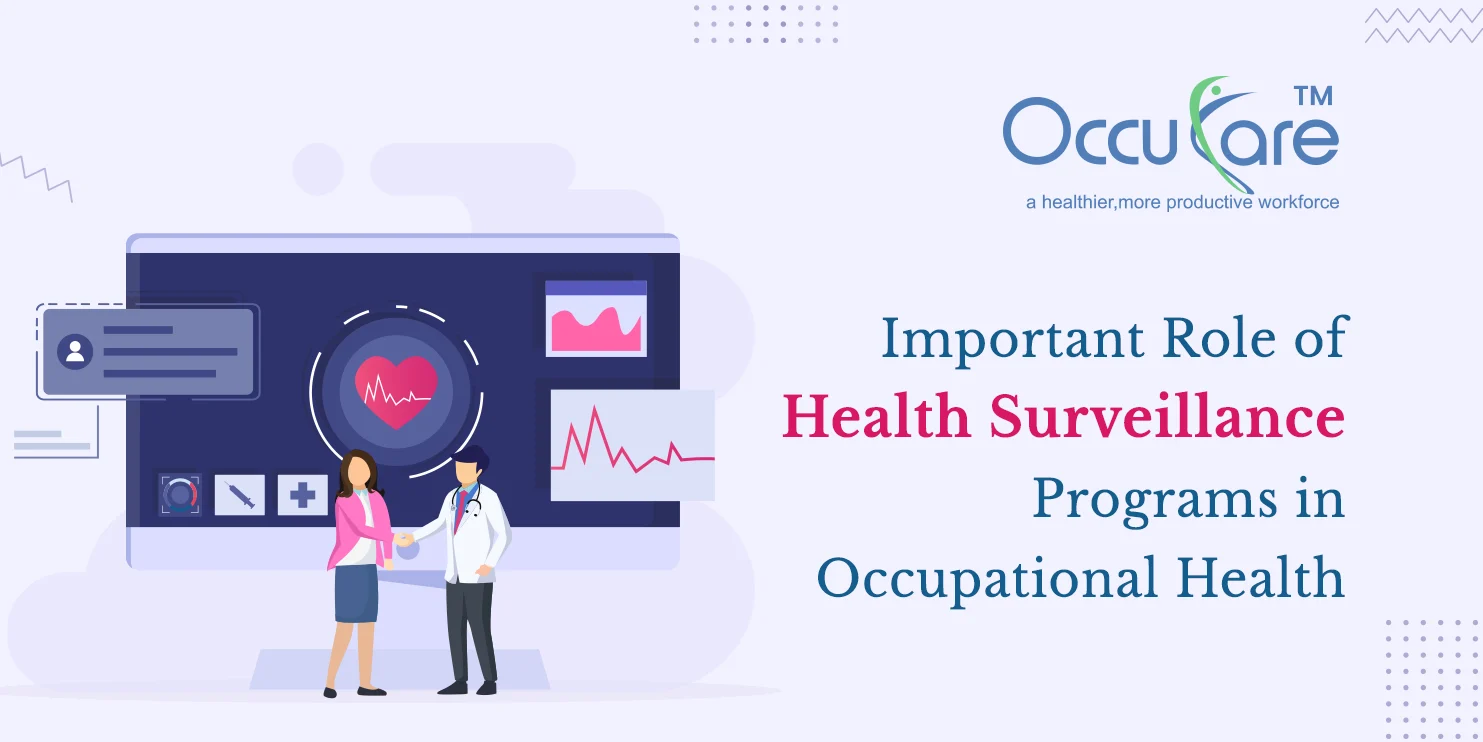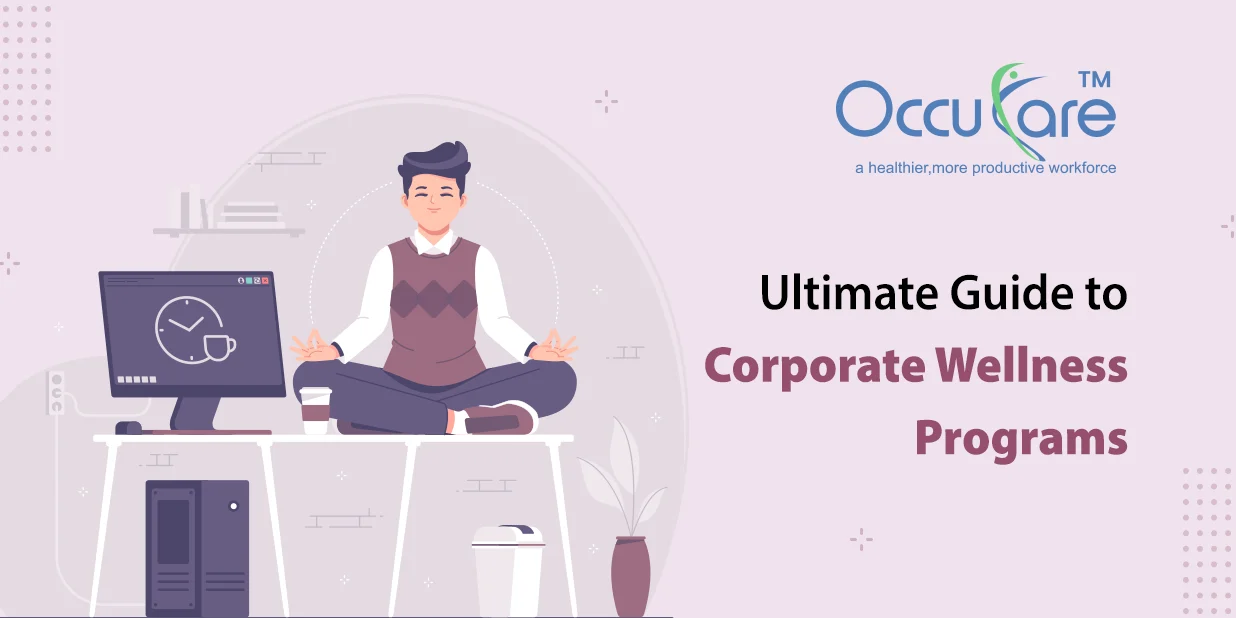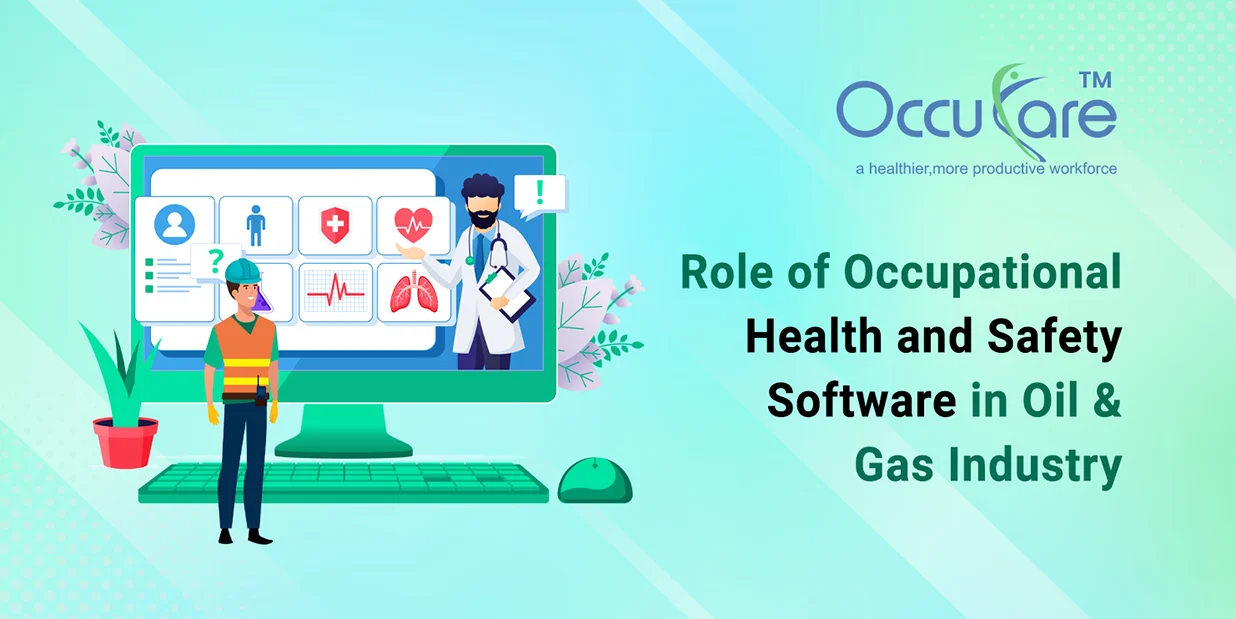The field of workplace health is the area of health policy that deals with the wellness and security of employees. This involves a range of interventions meant to stop injuries and illness that arise at work. Organizations for medical monitoring are essential among these strategies. Under such initiatives, employees’ health is systematically monitored to identify and prevent workplace hazards and maintain a safe working atmosphere. The significance of medical monitoring procedures for employees in oversight is explored in the current piece.
Comprehending Health Monitoring Schemes:
These organized procedures are made to keep an eye on and assess employees’ health in connection with their jobs and the workplace. Regular health evaluations, medical exams, exposure surveillance, and physical education activities are just a few of the parts that these kinds of initiatives include. The main goal is to recognize and reduce threats to workplace wellness prior to them.
Essential Elements of Medical Monitoring Schemes:
1. Evaluation of Risk:
In order to detect possible dangers at work which include chemicals, ergonomic stresses, biological contaminants, and social variables, health monitoring starts with an exhaustive risk evaluation.
By being aware of these hazards, focused monitoring techniques can be developed to keep an eye on employees’ health and avert related health issues.
2. Initial Health Evaluations:
Preliminary health evaluations create an initial frame of reference for tracking changes in employees’ health over time.
Surveys of clinical histories, medical histories, and initial measures of pertinent health markers are frequently included in these evaluations.
3. Regular medical check-ups:
During predetermined periods, regular medical examinations are performed to evaluate the medical condition of employees and identify any early indicators of occupational diseases or accidents.
Given the specifics of the profession and possible exposures, some medical examinations include You might be advised to have assessments such as lead in blood threshold testing for lead people or testing for lung function those people who are exposed to respiratory risks.
4. Management of Exposure: The Story
Measuring how exposed an employee is to different dangers at work, such as substances noise, ionizing radiation and biological materials, is known as exposure monitoring.
Physical the sampling process, outside air evaluation, biological evaluation (e.g., detecting chemical concentrations in serum or urine). The noise dosimetry measurements are a few examples of monitoring approaches.
5. Development and Promotion of Health is another area where
Activities for instruction and instruction are incorporated into wellness monitoring programs to increase worker understanding of occupational dangers, preventive actions, and early indicators of medical issues.
When employees are competent, they may take an active role in preserving their well-being and security at employment.
Medical Monitoring Program’s Significance:
1. Premature Disease Risk Recognition:
Wellbeing surveillance initiatives can uncover professional health hazards and diseases early by consistently tracking workers’ health.
Prompt recognition enables the installation of safety precautions and timely interventions to stop additional worker damage.
2. Preventing Illnesses and Injuries at Work:
Medical surveillance initiatives identify dangerous situations and put in place appropriate precautions to help avoid associated with work diseases and injuries.
By implementing hearing preservation measures such as the provision of protective clothing (PPE). And engineering safeguards, monitoring personnel who encounter noise, for instance, can help avoid stress-induced hearing loss.
3. Observance of Regulatory Mandates:
Companies are legally required in many areas to develop wellness monitoring systems in order to ensure safety in the workplace safety and guard the health of employees.
Adherence to regulatory mandates serves to protect employees as well as employers from any legal troubles and fines.
4. Improved Management of Occupational Health:
Programs for health surveillance offer important information and insights into the connection between occupational exposures and health outcomes.
Employers and occupational health specialists can use this information to make well-informed decisions about PPE selection, health promotion programs, and hazard management methods.
5. Employee Participation and Development:
Businesses show that they care about their employees’ welfare and security by proactively including them in health surveillance programs.
Involving employees in the process promotes a safety-aware culture and motivates proactive engagement in initiatives to prevent injuries and promote health.
6. Obstacles & Things to Think Concerning:
Limitations on Resources:
Adequate funding, specialized tools, and skilled labor are only a few of the resources needed to implement comprehensive health monitoring systems.
It may be difficult for small companies and industries with little funding to launch and sustain efficient monitoring programs.
Privately and Confidentiality:
Ensuring the anonymity and privacy of workers is crucial for health monitoring systems to uphold compliance and foster confidence.
Employers are responsible for making sure that health data is managed securely and exchanged only with those. Who are required to know, in compliance with applicable privacy laws.
7. Combining Current Health and Security Measurements:
It is recommended that health monitoring efforts be included in other occupational health and security activities, including event reporting structures, evaluations of risks, and security education.
A comprehensive policy for work wellness management is ensured by seamless integration, which also increases the efficacy of preventative efforts.
For the purpose of to prevent potential risks for workers and to foster a culture within safety and health in the working environment, surveillance systems are essential elements of workplace health monitoring. Through the implementation of preventative measures, identification of potential dangers, and systematic monitoring of the health of employees. These initiatives help to minimize the incidence of job-related diseases and accidents while also maintaining a healthy workforce. Continued funding for medical monitoring programs is crucial to preventing new safety risks from evolving as workplaces change.
Through preliminary health evaluations, recurring medical exams, or exposure surveillance, wellness surveillance programs lay the groundwork for monitoring employees’ health throughout time. And spotting patterns or trends that may point to underlying health issues.
Healthcare surveillance strategies must adapt as a result of the ongoing changes in businesses. And work environment brought about by advancements in technology. By utilizing wearables, analytics, and data management, these programs can increase monitoring capacities and lead to better health outcomes. The conjunction of monitoring occupational health software with larger public health initiatives shows potential for enhancing worldwide health preparation. And fostering an environment of wellness and security, despite obstacles like protecting privacy and involving different staff members.








